JH: Through small, scrappy ways. I'll often print something I found interesting and pin it to the board on my desk. Or I'll write it on a post-it note and stick it on the side of my monitor. At some point I may be working on something where one of those notes comes in handy, but I don't try to force it. If I come across something that really changed my perspective, I like to write a blog post about it. I may or may not ever publish it, but I've found that it's a great way to internalize newly learned things. Plus writing is a great design exercise—something that's fascinating.
What are some of your favorite designers or projects that inspire you?
AZ: I am a huge, huge fan of Onformative and all the work they're doing. I also follow Giorgia Lupi, her studio Accurat, the team at are.na, The Pudding, Nathan Curtis, Jon Gold, Daniel Eden, IDEO, Alla Kholmatova, Mark Dalgleish, Brad Frost, John Maeda, and many many others that I'd be happy to talk about over coffee or alcohol.
JH: I don't know if I really have favorite designers, but I'm a big fan of any design that challenges an assumed, established truth. For example, Transferwise redesigned international transactions by disregarding conventional thinking. The Good Judgement project is a good example of a group of people saying, 'The underlying principles of how we're thinking about prediction are wrong', and then reshaping the way we think about forecasting. Plus, Amazon and it's business model are a great example of good design. Aside from that, there are a lot of advertising and I-O psychology studies from that I've learned a lot from.
What are some of your favorite places you've been?
AZ: Northern Thailand; Pai and Chiang Mai, Big Sur, the Humboldt Redwoods Forrest, really any forest in the Pacific Northwest, and I'm going to be visiting South Korea in December as part of a UNESCO Artist Exchange Exhibition! I'm really excited about exploring Gwangju and Seoul.










